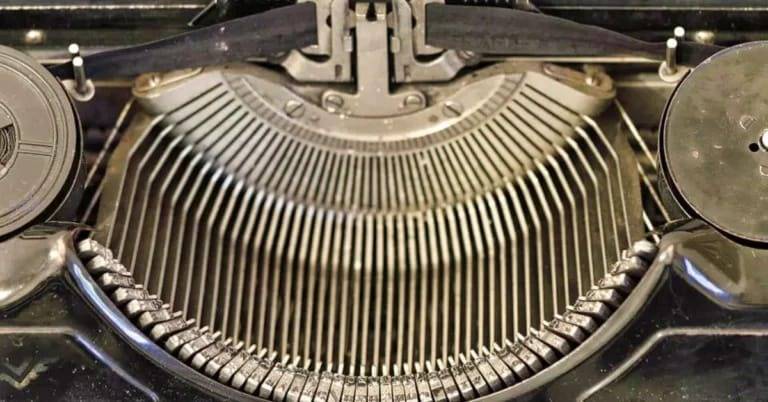Typewriters, once essential tools for writers, journalists, and professionals, have left an indelible mark on history. Today, we will take a nostalgic journey back in time to explore the captivating world of typewriters and their enduring legacy.

The History of Typewriters
The concept of a mechanical writing machine can be traced back to the 18th century. However, it wasn’t until the 19th century that the first commercially successful typewriter, the Sholes and Glidden typewriter (also known as the Remington No. 1), was introduced in 1873. This revolutionary invention marked a significant milestone in the mechanization of writing.
Early typewriters featured the familiar “QWERTY” keyboard layout, which is still used on computers and devices today. This arrangement was designed to prevent commonly used letter combinations from jamming the mechanical typewriter.
Impact on Communication and Society
The advent of the typewriter had a profound impact on communication and society as a whole. Here are some ways it transformed the world:
Increased Speed and Efficiency: Typewriters allowed for faster and more efficient writing and document production. Professional typists could create papers at a much quicker pace than handwriting, leading to increased productivity in offices and businesses.
Document Standardization: With each character produced with consistent accuracy, typewriters introduced a level of standardization in documents. This was especially crucial in the realm of legal and official papers.
Journalism and Publishing: Typewriters played a vital role in the field of journalism. Reporters and writers could produce text more rapidly, resulting in the swift transmission of news and the growth of newspapers as a primary source of information.
Access to Writing: Typewriters made writing more accessible to a wider range of individuals. As the cost of typewriters decreased over time, more people could engage in professional writing and correspondence.
Archiving and Preservation: Typewritten texts proved to be more durable than handwritten manuscripts. This improved archival quality has greatly contributed to the preservation of historical documents and literary works.